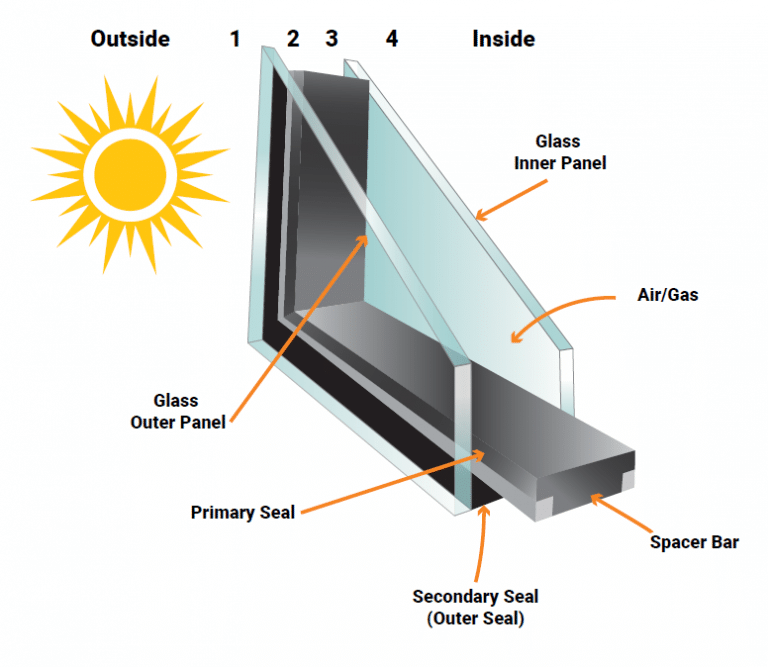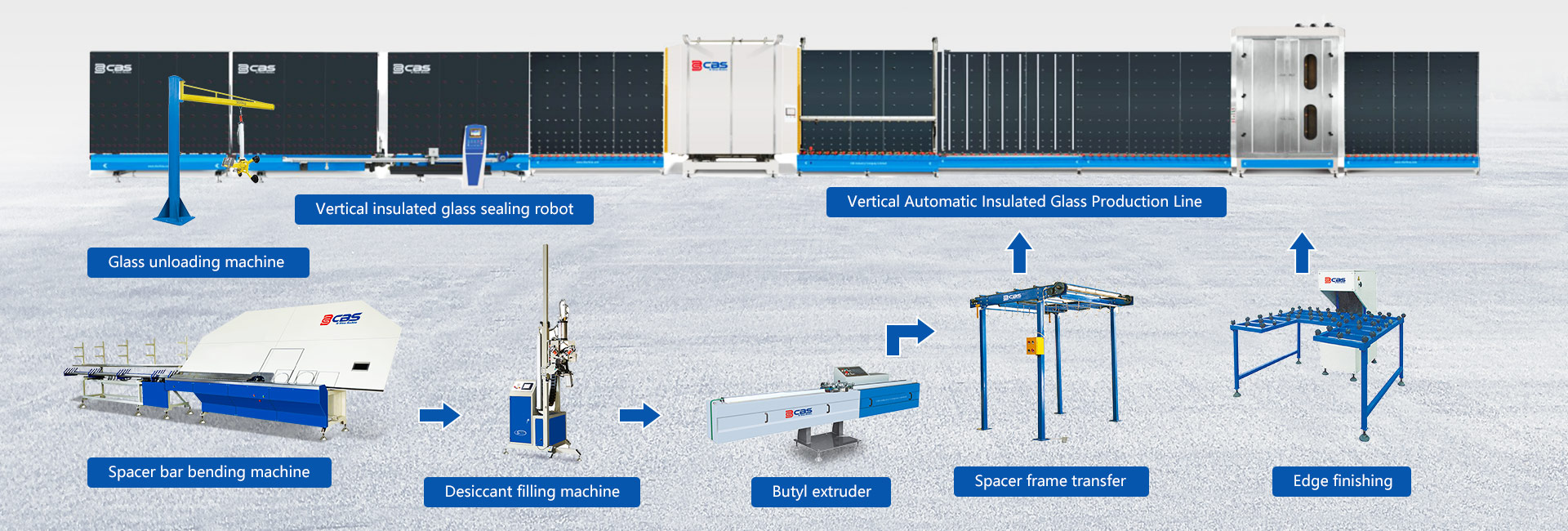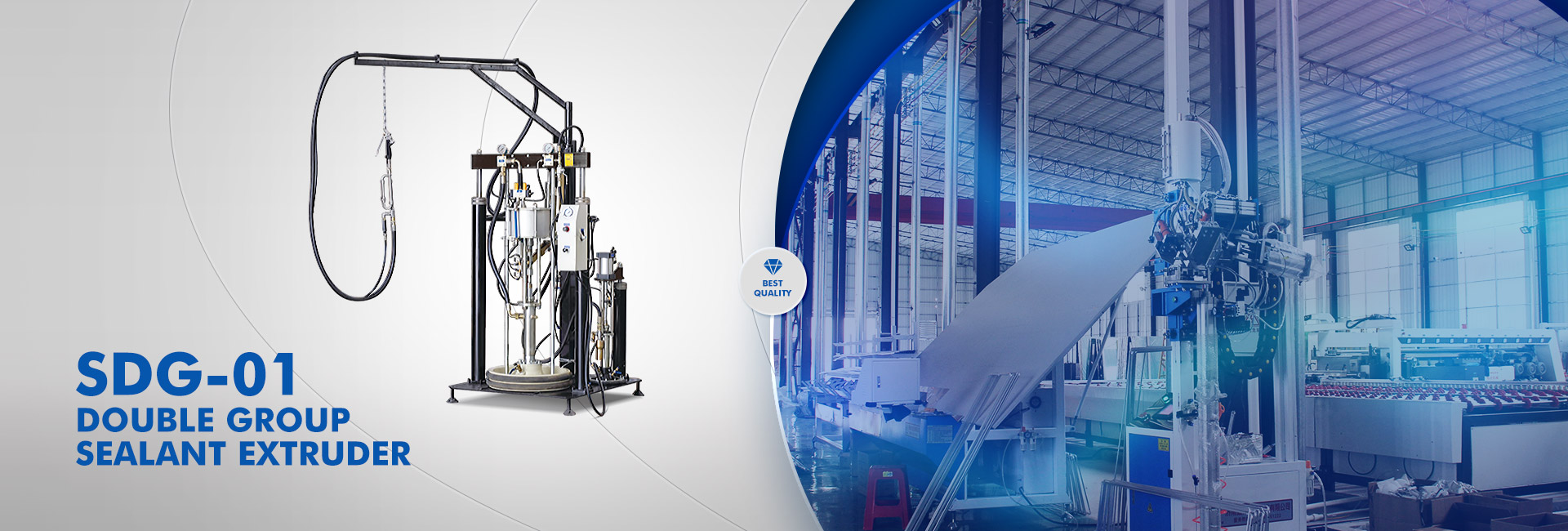6.How does Low-E glass work in summer and winter?
In winter, the indoor temperature is higher than outside, and the far-infrared thermal radiation mainly comes from indoors. Low-E glass can reflect it back indoors, so as to keep the indoor heat from leaking outside. For part of the solar radiation from the outside, Low-E glass can still allow it to enter the room. After being absorbed by indoor objects, this part of energy is transformed into far-infrared thermal radiation and keep indoors.
In summer, the outdoor temperature is higher than the indoor temperature, and the far-infrared thermal radiation mainly comes from outside. Low-E glass can reflect it out, so as to prevent heating from entering room. For outdoor solar radiation, Low-E glass with low shading coefficient can be selected to restrict it from entering the room, so as to reduce a certain cost (air conditioning cost).
7.What’s the function of filling argon in Low-E insulating glass?
Argon is an inert gas, and its heat transfer is worse than air. Therefore, filling it into insulating glass can reduce the U value of insulating glass and increase the heat insulation of insulating glass. For Low-E insulating glass, argon can also protect Low-E film.
8.How much ultraviolet light can be reduced by Low-E glass?
Compared with ordinary single transparent glass, Low-E glass can reduce UV by 25%. Compared with heat reflective coated glass, Low-E glass can reduce UV by 14%.
9.Which surface of insulating glass is the most suitable for Low-E film?
The insulating glass has four sides, and the number from the outside to inside is 1#, 2#, 3#, 4# surface respectively. In the area where the heating demand exceeds the cooling demand, the Low-E film should be on the 3# surface. On the contrary, in the area where the cooling demand exceeds the heating demand, the Low-E film should be located on the second# surface.
10.What’s the Low-E film lifetime?
The duration of the coating layer is the same as that of the sealing of the insulating glass space layer.
11.How to judge whether the insulating glass is plated with LOW-E film or not?
The following steps can be followed for monitoring and discrimination:
A. Observe the four images presented in the glass.
B. Place the match or light source in front of the window (whether you are indoors or outdoors). If it is Low-E glass, the color of one image is different from the other three images. If the colors of the four images are the same, it can be determined that is Low-E glass or not.
12.Do users need to do anything to maintain Low-E glass products?
No! Because the Low-E film is sealed in the middle of insulating glass or laminated glass, there is no need for maintenance.
Post time: Apr-20-2022



